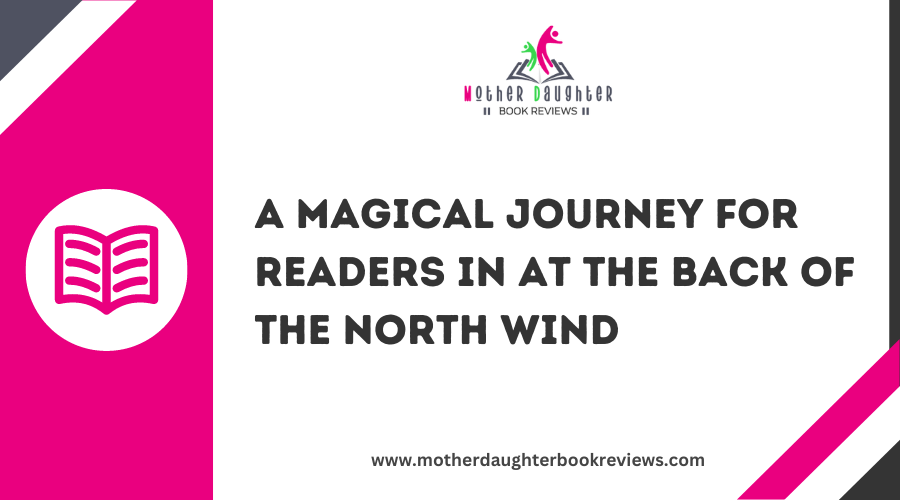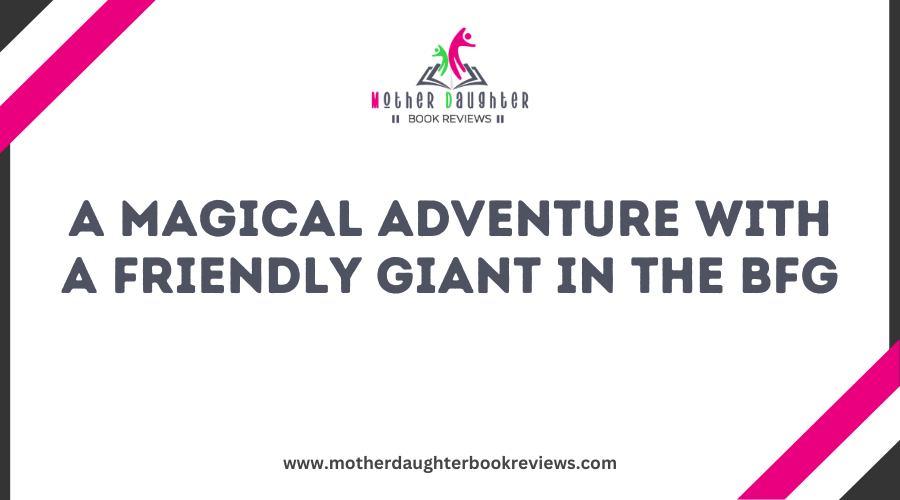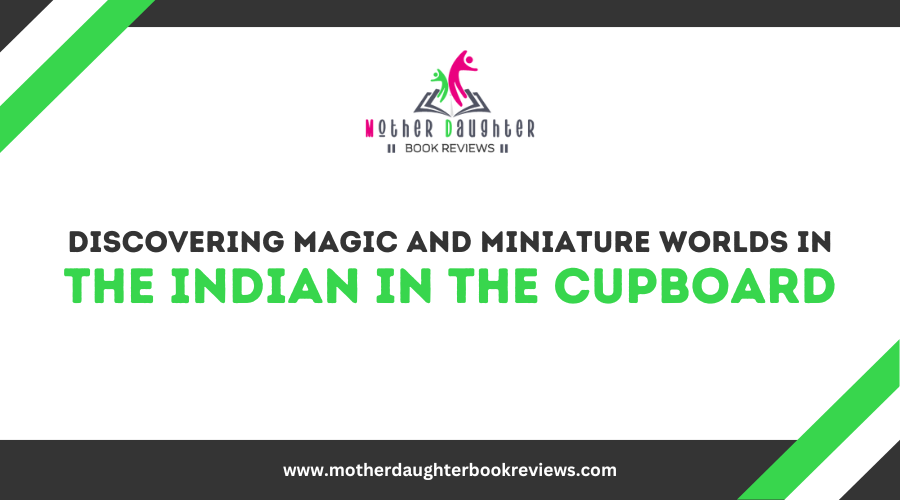How Has the Magic of Storytelling Endured Through Myths, Folklore, and Legends?
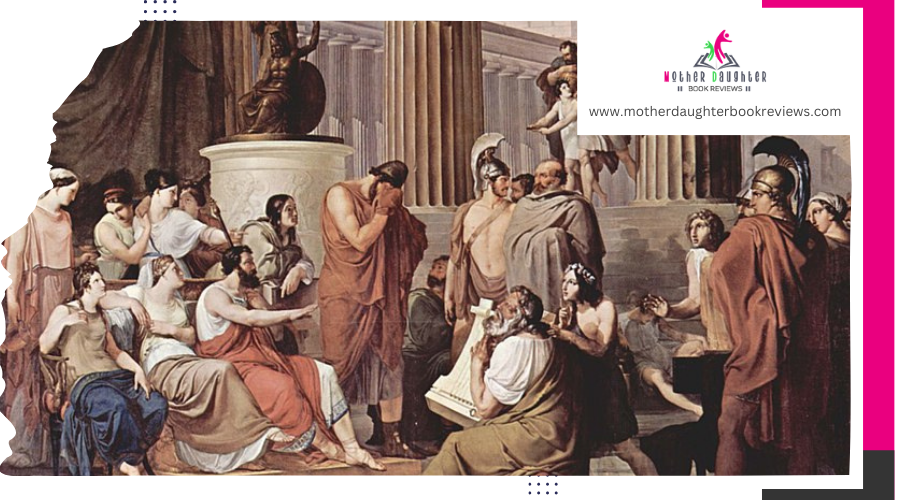
Early humans used oral traditions around fires to bond and share essential lessons, forming the roots of these tales. Myths highlight heroic quests and universal themes like bravery and compassion, while folklore preserves traditions and collective identity through moral stories. Legends combine historical facts with enriched cultural memory, celebrating significant figures and events. Even in modern times, storytelling evolves with digital media, keeping the enchantment alive.
Ancient Roots of Storytelling
From the dawn of human civilization, storytelling has played a vital role in shaping cultures and preserving histories. You can trace its roots back to ancient times when oral traditions were the primary means of communication. Early humans engaged in ritualistic storytelling, gathering around fires to share tales that explained the world around them. These stories were more than mere entertainment; they were symbolic narratives that conveyed moral lessons, cultural values, and collective wisdom.
Imagine yourself in a prehistoric tribe, listening to elders recount myths about creation, heroes, and gods. Each story wasn't just a tale but a ritualistic event, often accompanied by songs, dances, and dramatic performances. These symbolic narratives helped unify the tribe, providing a shared understanding of their world and their place within it. By participating in these storytelling rituals, you would learn about your ancestors, the origins of your community, and the cosmic forces that governed your existence.
Universal Themes in Myths
Mythical stories from diverse cultures across the globe often share universal themes that resonate deeply with human experience. When you encounter these myths, you'll notice patterns and motifs that transcend time and geography. One prevalent theme is the heroic quest, where protagonists undertake adventures, overcome obstacles, and return transformed. Think of Odysseus in Greek mythology or King Arthur in British legend. These tales highlight not just physical adventures but also inner growth, reflecting your own struggles and triumphs.
Another common element is the imparting of moral lessons. Myths often serve as ethical guides, teaching you about virtues like bravery, loyalty, and compassion. For example, Aesop's fables, though simple, pack powerful messages about human nature and ethics. These stories encourage you to reflect on your actions and their consequences, offering wisdom that remains relevant.
Cultural Significance of Folklore
Folklore holds immense cultural significance, acting as a vessel for the traditions, values, and collective identity of a community. These tales often contain moral lessons that teach right from wrong, fostering social cohesion. By sharing stories, communities bond, strengthening the ties that hold them together.
Folklore's regional variations highlight the uniqueness of different cultures, yet also reveal universal themes that connect us all. Preservation techniques, such as oral storytelling and written records, guarantee these stories are passed down through intergenerational transmission. This keeps the collective memory alive, allowing each generation to feel connected to their ancestors.
The act of telling and retelling these stories helps maintain a sense of continuity and belonging. Folklore is more than just entertainment; it's an essential tool for instilling values and guaranteeing the longevity of cultural practices.
Legends and Historical Memory
Legends serve as a bridge between historical facts and the enriched tapestry of cultural memory. Through these stories, you can see how legendary figures like King Arthur or Robin Hood are much more than mere characters; they're embodiments of values, hopes, and struggles that shape cultural identity. Legends don't just recount events; they infuse historical narratives with emotional depth and moral lessons.
Memory preservation is a key function of legends. They guarantee that significant events and figures aren't forgotten but rather celebrated and remembered. This is how entire communities maintain a sense of continuity and shared history. By recounting the feats of legendary figures, you participate in a tradition that spans generations.
Consider these elements in legends:
- Heroic Deeds: Legendary figures often perform extraordinary acts that instill pride and set moral examples.
- Cultural Symbols: Legends can include specific symbols and motifs that resonate deeply within a community, reinforcing cultural identity.
- Moral Lessons: These stories often carry ethical teachings that guide behavior and societal norms.
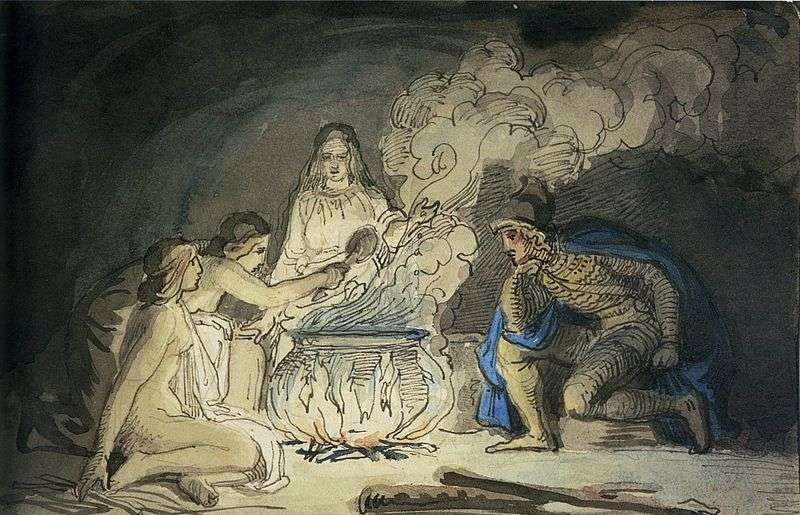
The Role of Oral Traditions
Passing down stories through generations, oral traditions play a vital role in preserving and conveying cultural heritage. When you hear tales from your elders, you're not just listening to words but connecting to the past. Oral history allows communities to maintain a sense of identity and continuity. Through these spoken narratives, you learn about your ancestors' beliefs, values, and customs.
Using diverse narrative techniques, storytellers keep these tales engaging. They employ repetition, rhythm, and vivid imagery to guarantee the story sticks in your memory. This way, even without written records, the essence of the story remains intact. You're not just a passive listener; you become an active participant, often expected to remember and recount the stories yourself.
Oral traditions also foster a sense of community. When you gather around to hear a story, you're sharing an experience with others. It's a collective activity that strengthens social bonds.
Storytelling in Modern Media
While oral traditions have long preserved cultural narratives, today's storytelling landscape has expanded dramatically with modern media. Digital storytelling has transformed how you experience tales, blending traditional storytelling techniques with modern technology. Interactive narratives allow you to delve deeper into stories, making choices that shape the plot and outcome. Here are three key elements that define storytelling in modern media:
- Multimedia Experiences: Combining text, audio, video, and graphics, multimedia experiences offer you a richer, more engaging way to interact with stories. These elements work together to captivate your senses and amplify emotional impact.
- Virtual Reality: VR provides you with a personal perspective, making you feel like a part of the story. This level of engagement increases audience involvement and brings narrative design to life in unprecedented ways.
- Transmedia Storytelling: Stories now span multiple platforms, from movies and TV shows to video games and social media. This approach allows you to investigate different facets of a narrative across distinct media, deepening your connection to the story.
The Future of Storytelling
Imagine a world where stories respond to your emotions, changing their course based on your reactions. This isn't just a distant dream; it's the future of storytelling. Interactive narratives are transforming the way you engage with tales, making you an active participant rather than a passive listener. With digital storytelling, you're not just reading or watching; you're influencing the plot and shaping the characters' paths.
In this new storytelling landscape, technologies like virtual and augmented reality create engaging experiences. Imagine exploring ancient myths, walking through enchanted forests, or facing legendary beasts—all from your living room. These digital tools offer personalized adventures, adapting to your choices and emotions, making each story unique to you.
Artificial intelligence plays a significant role, too. It can analyze your reactions in real-time, adjusting the narrative to keep you engaged. This dynamic interaction turns every story into a living, evolving entity, responding to your desires and fears.
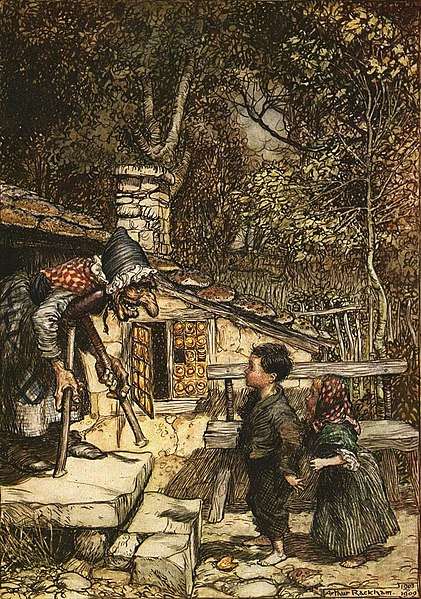
Conclusion
Storytelling has endured through myths, folklore, and legends by evolving alongside human culture while preserving essential lessons and values. From ancient oral traditions to modern digital platforms, these stories have adapted to new forms of expression while maintaining their timeless appeal. Through universal themes, symbolic imagery, and the retelling of heroic journeys, storytelling continues to connect individuals across generations and cultures.

